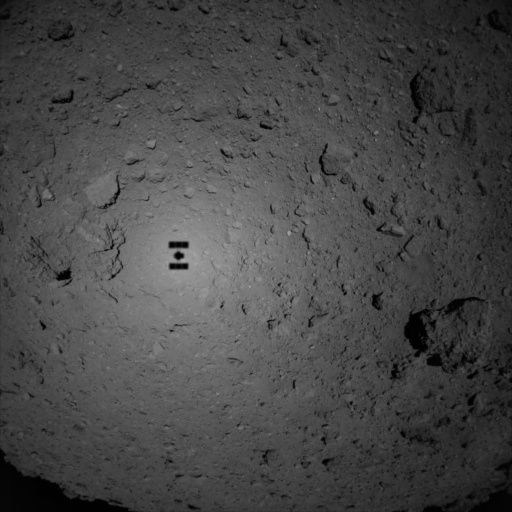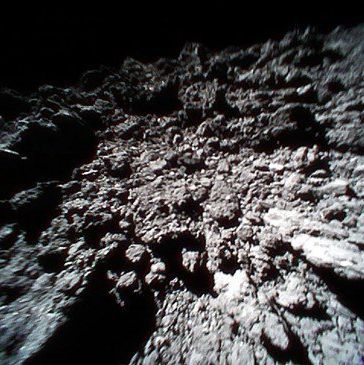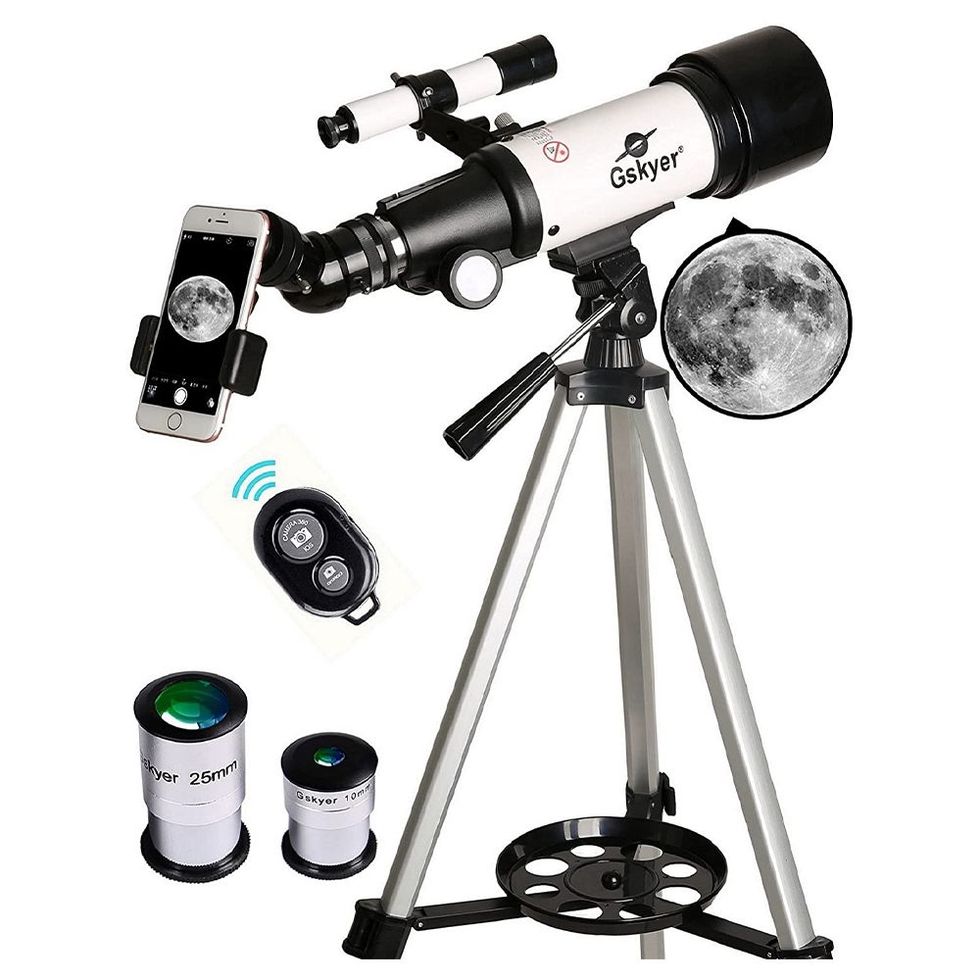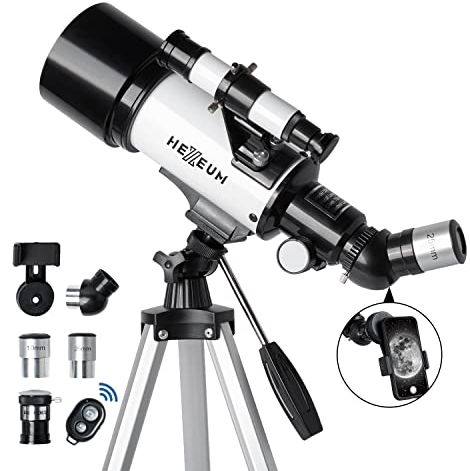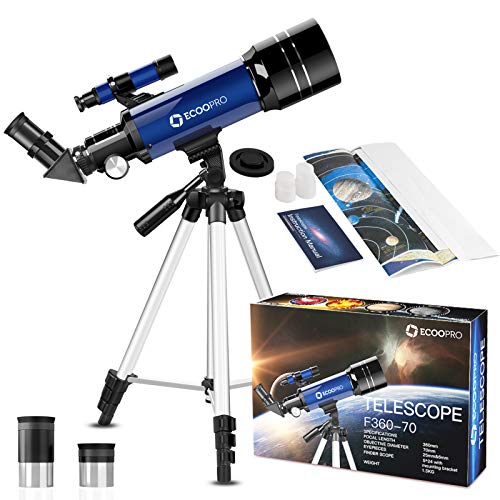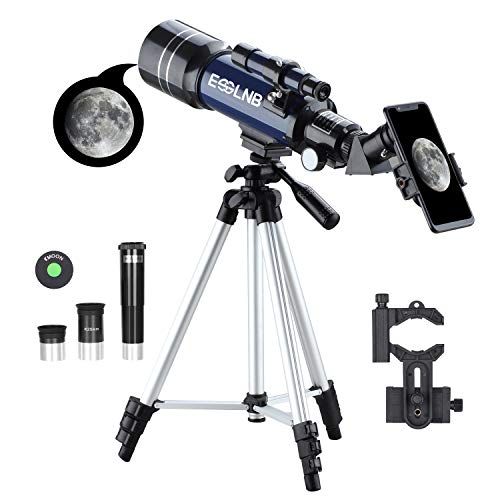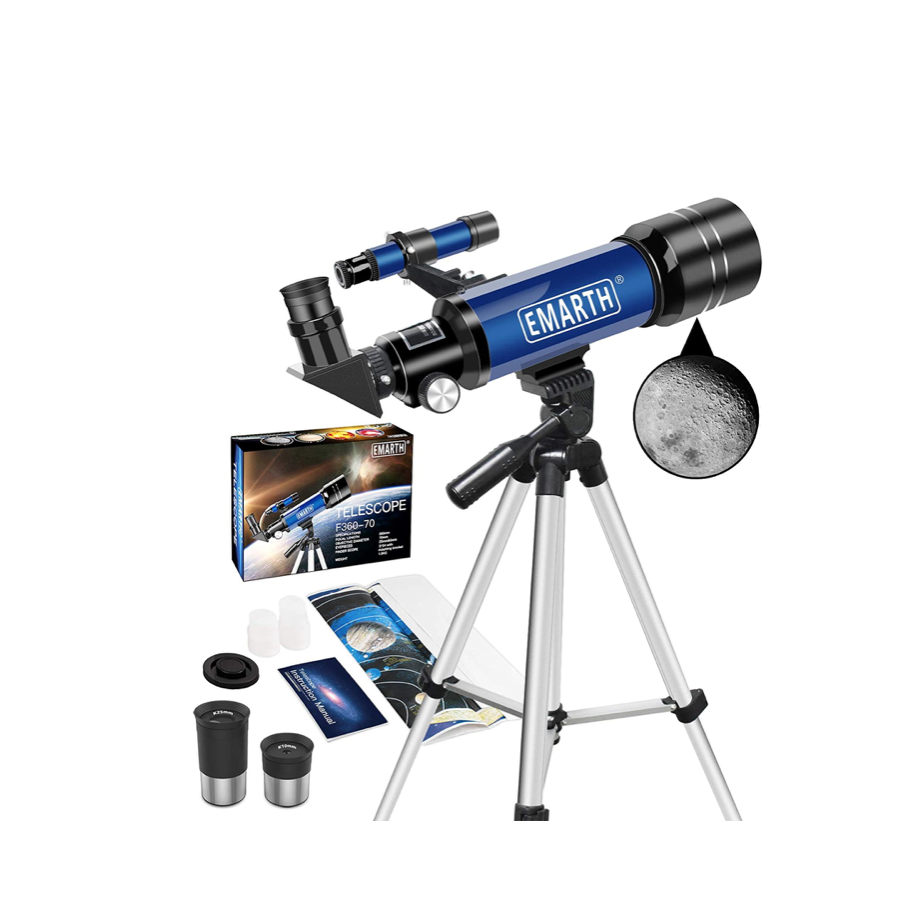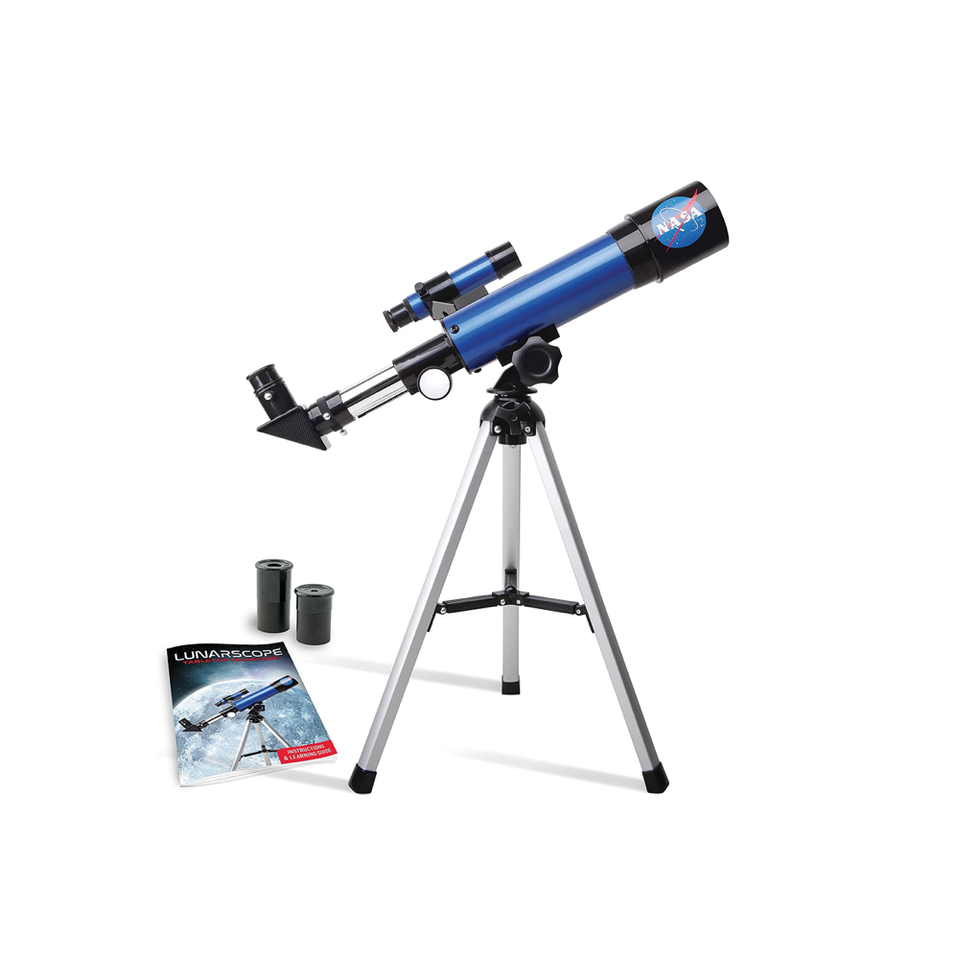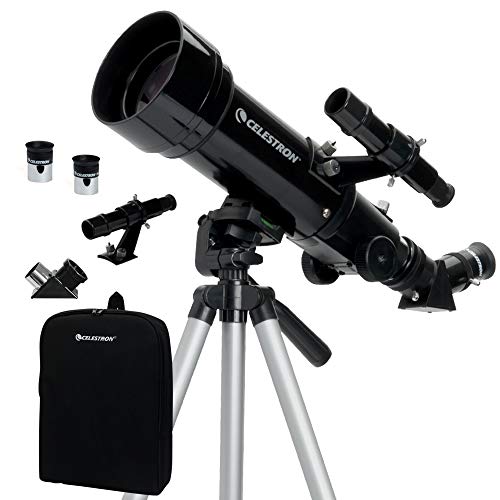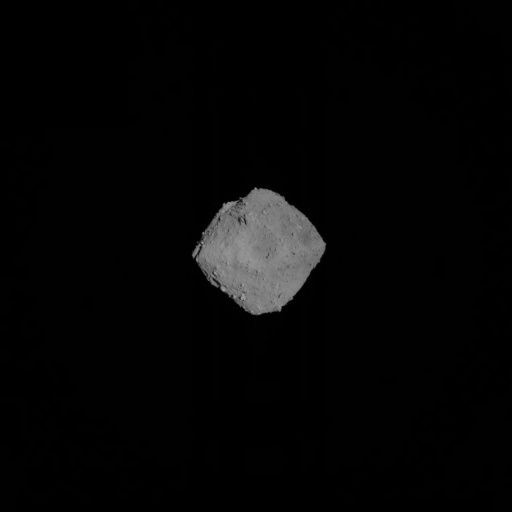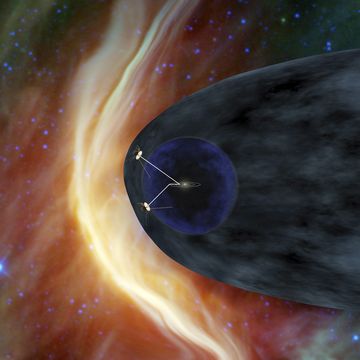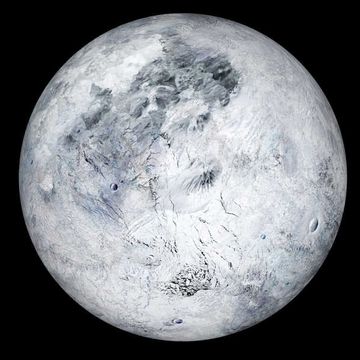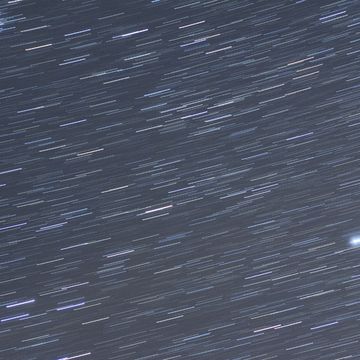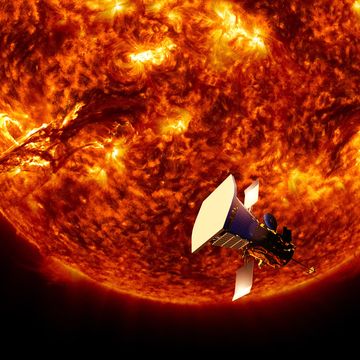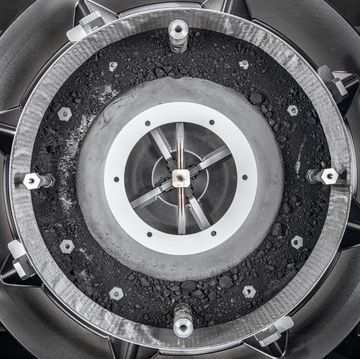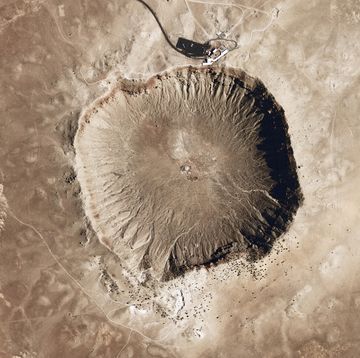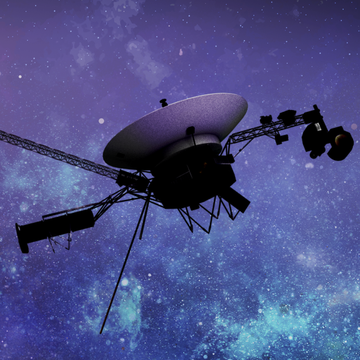- Japan Aerospace Exploration Agency's (JAXA) Hayabusa2 spacecraft, which collected a sample from the asteroid Ryugu last year, is scheduled to return to Earth on Saturday, December 5.
- The small capsule should land in the Australian Outback at 12:45 p.m. ET.
- In the six years since the spacecraft launched, it has traveled almost four billion miles.
It's going to be an exciting weekend for Japan's space agency, JAXA. The agency is awaiting the return of precious cargo—a roughly 10-gram sample of the asteroid Ryugu—collected two years ago by its Hayabusa2 spacecraft.
🌌You love badass space stuff. So do we. Let's explore the universe together.
If everything goes according to the carefully laid plans, a small capsule will plunge through Earth's atmosphere and land in the Australian desert at around 12:45 p.m. ET on Saturday, December 5, 2020. JAXA is planning to livestream both the separation of the capsule from its parent spacecraft as well as the capsule's recovery operation. (We'll update these links as they go live.)
Barring any mishaps, the material gathered by Hayabusa2 will be the second asteroid sample successfully collected and returned to Earth. In the coming years, JAXA and NASA researchers will study the sample in hopes of learning more about the formation of our solar system, how asteroids like Ryugu form, and whether they could have brought the ingredients of life to our planet billions of years ago.
A Long Journey
Any mission to collect samples from a distant world is a bold one. This will be Japan's second attempt at an asteroid sample return mission. The first, called Hayabusa, launched in 2003 and set out to gather material from the surface of 25143 Itokawa. Unfortunately, the collection failed and the spacecraft returned to Earth with little more than a few grains.
The follow-up mission—aptly named Hayabusa2—launched from Tanegashima Space Center in Tanegashima, Japan on December 3, 2014, kicking off an almost four-year journey to the asteroid Ryugu. The spacecraft arrived at Ryugu in 2018 and surveyed the asteroid for a few months before deploying a lander and two rovers to the surface. (The lander died just 17 hours later, but the images taken by the rovers as they scrambled across Ryugu's rocky surface are wild.)
Finally, in 2019, JAXA settled on a collection site and laid the groundwork for the cosmic love tap. Unlike NASA's OSIRIS-REx mission, which used a long arm to directly scoop up the extraterrestrial soil, Hayabusa2 shot a small impactor into the asteroid's surface and collected the dust kicked up by the blast. A second collection attempt gathered material from a crater that formed in the wake of the first sample.
🔭 The Best Telescopes for Stargazing
It's been more than a year since Hayabusa2 kissed Ryugu's rocky surface and began the journey back to Earth. Now, the spacecraft is reaching the home stretch. Tomorrow, the capsule will separate from the Hayabusa2 spacecraft and plummet toward Earth and into the waiting arms (so to speak) of JAXA researchers.
A Solar System's Secrets
Asteroids like Ryugu and Bennu, which was the subject of the OSIRIS-REx mission, are relics from the formation of the solar system. From these twin missions, researchers hope to learn about about the formation of the solar system and unravel the origins of life on Earth.
Ryugu, a C-type or carbon-rich asteroid, likely formed after a massive collision. Like many other asteroids in the solar system, Ryugu isn't made from solid rock, but is instead a massive rubble pile that has been consolidated by gravitational forces.
But scientists aren't exactly sure when the asteroid reconsolidated. Analyzing the samples that Hayabusa collected could help them get a better idea. It also paints a picture of what our solar system's violent early years looked like.
There's also a chance asteroids like Ryugu and Bennu may have carried life's ingredients—organic molecules and sugars like ribose, for example—to our planet billions of years ago. Hayabusa2's mission may be winding down, but now the fun begins. There's a lot to learn from that 10-gram sample.
Now Watch This:
Jennifer Leman is a science journalist and senior features editor at Popular Mechanics, Runner's World, and Bicycling. A graduate of the Science Communication Program at UC Santa Cruz, her work has appeared in The Atlantic, Scientific American, Science News and Nature. Her favorite stories illuminate Earth's many wonders and hazards.
